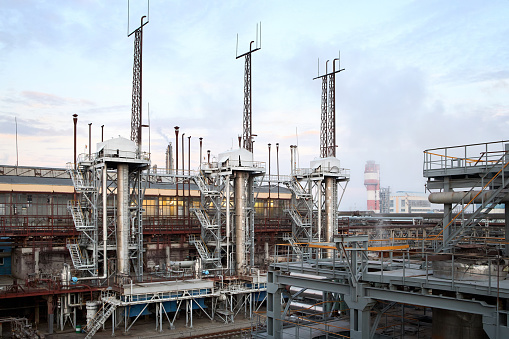Eutectic alloys and non-eutectic alloys are categories when discussing low melting alloys. Low melting alloys require lower temperature ranges to melt, anywhere from 40 degrees to 300 degrees Fahrenheit. This property allows for the alloys to be melted at lower temperatures without damaging or impacting other nearby materials or surfaces that the low melting alloy becomes bonded with during manufacturing processes.
When talking about Eutectic alloys vs non-eutectic alloys, the differences rely on at one specific temperature or temperature range that the metal becomes a liquid. Understanding this aspect allows manufacturers to know these characteristics to select the right alloys for the application.
Eutectic Alloys
Eutectic alloys become a liquid at a single temperature range. The alloys also freeze at that same temperature. This aspect is beneficial when joining the alloy onto another surface instantly, such as when soldering where you want to solder to instantaneously melt and then solidify at the same location along the surface of the part where the solder gun touches.
Eutectic alloys offer a range of benefits to manufacturers. By knowing the temperature of the eutectic alloy that will transform it into a liquid state, a manufacturer has greater control over the workpiece when working on other areas that have varying temperature ranges. If the part experiences lower or higher temperatures to work other metal materials, the eutectic alloy maintains its thermal stability. In addition, the alloy may offer appropriate heat transfer properties without impacting its grain structure.
Non-Eutectic Alloys
Non-eutectic alloys have a specific temperature range to turn into a liquid. There will be a single temperature where the non-eutectic alloy completely melts. If the temperature moves within the specific range, it turns into a semi-liquid state by having like pasty, slurry, or slushy characteristic. However, the non-eutectic alloy still functions in the same manner. Also, the grain structure takes on a different characteristic
Non-eutectic alloys provide manufacturers with a temperature range instead of a specific melting and freezing point. This may be ideal for applications where you do not want the alloy to become a full liquid or a full solid to work with it. However, if you are working with other metals or alloys that also melt within this temperature range, it may become more difficult to perform the desired manufacturing processes.
Low Melting Materials from Belmont Metals
Belmont Metals offers a range of low melting alloys for applications. These metals may be either eutectic or non-eutectic to provide you with several different options and additives such as Bismuth with tin, Indium, cadmium, or lead. By understanding the melting point or melting range for the metals, you may use the alloys for the specific application. If you are looking for a low melting alloy, reach out to our company.

